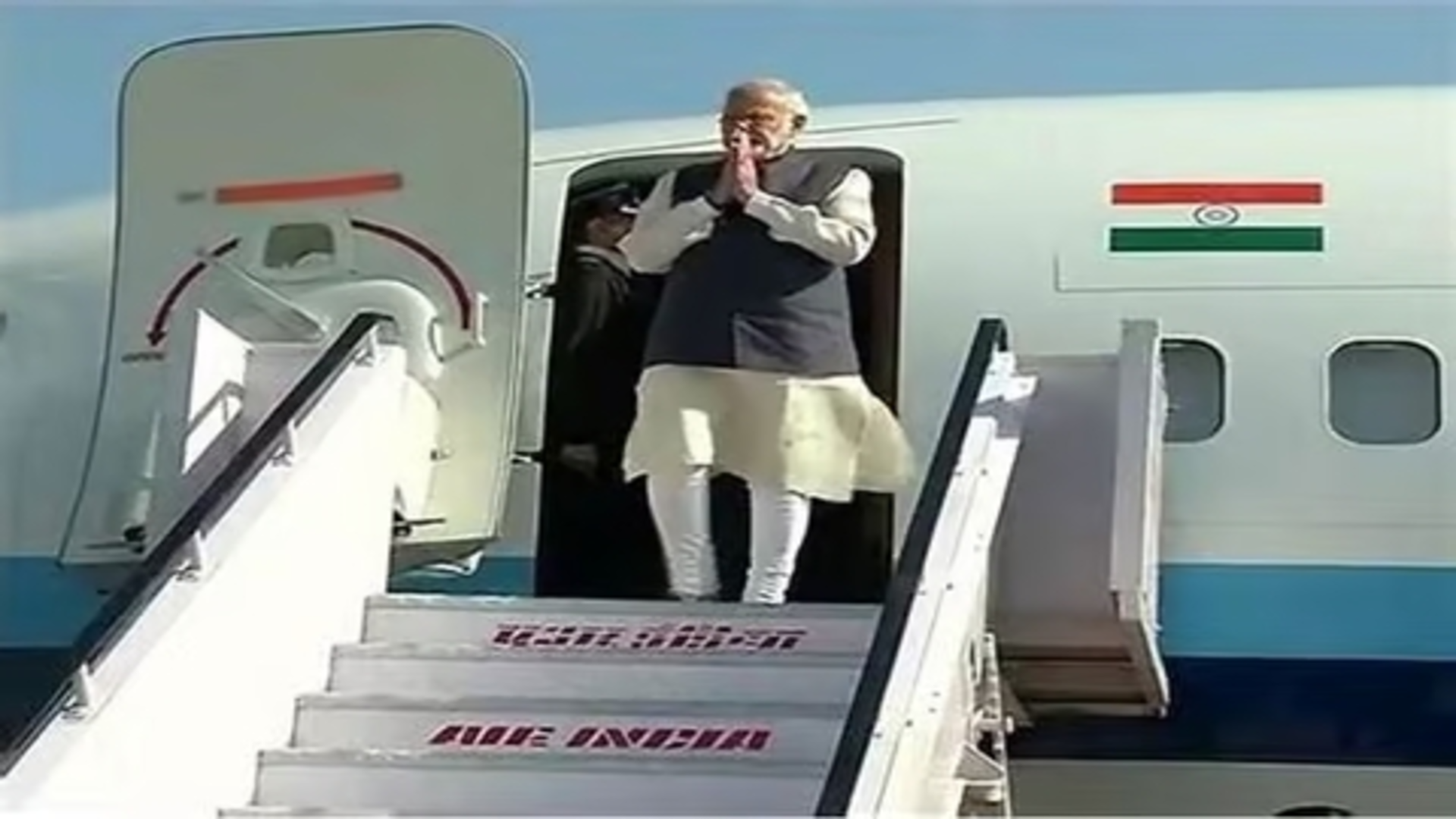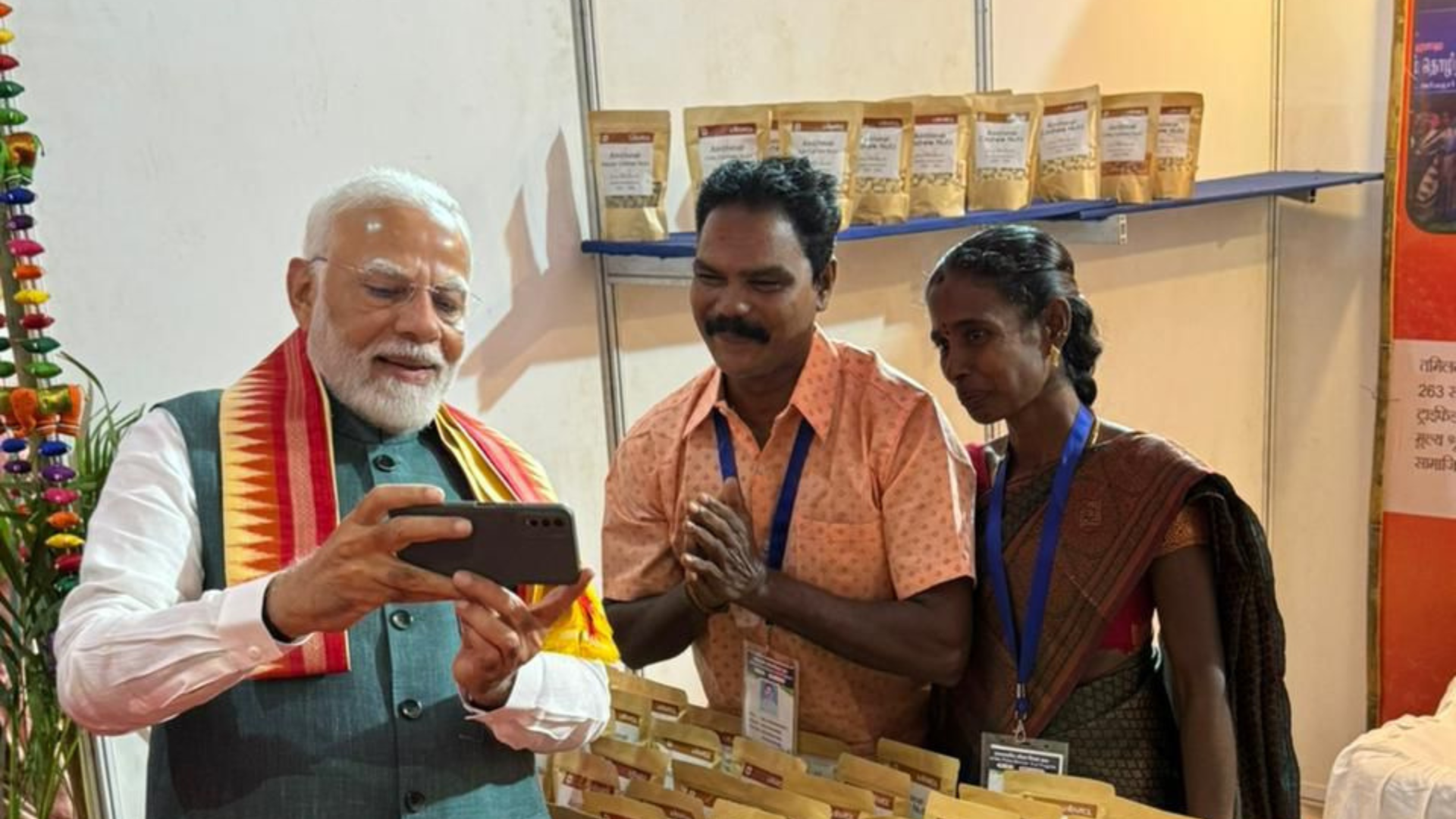
The success of Chandrayaan 3 has brought an immense amount of self-respect and glory to every proud Indian. India has achieved what only few other selected countries have been able to do before especially at a time when the Russian Luna 25 has crashed whose purpose was to establish Russian supremacy and control in outer space.
Historically, since 1969, there were several moon missions have been accomplished and many of them were equally successful but ISRO’s landing at the South Pole of the Moon has created history in space science and technology in its own way. Though different newspapers have highlighted the growing trends of the Moon race in the case of India soon after
the landing, the Prime Minster announced that this was a victory of humanity which has a lot of legal and moral significance. This is especially significant since there is a chance of an unethical space race on the Moon, which may be detrimental to world peace. This has been a concern due to military advantage in space technology, since the launching of Sputnik 1 by the USSR in 1957, the United Nations took cognizance of the situation and formed a committee to regulate outer space activities. The primary objective of the committee was not to allow space for another battleground.
After the Apollo mission, there are four major countries that have significantly progressed in moon space research that are United States, China, Russia, and India. Except for the United States, all are comparatively new parties in Moon exploration. Though Russia as the USSR had been in Moon research, but never successfully landed man mission on the moon. Russia and US’s moon race in the 1960s primarily developed for military purposes forced the United Nations Committee for Peaceful Use of Outer Space to draft a significant treaty on Moon exploration which is the Moon Treaty of 1979.
In the history of space treaty, the Moon Treaty is highly unsuccessful as only 20 countries signed this treaty. The countries which have signed are mostly very insignificant presence in outer space. Other successful space law treaties are the Outer Space Treaty 1967, the Liability Convention 1972, the Rescue of Astronaut 1969, and the Registration Convention 1974. The recent Artemis accord which is signed by all major European Nations and India recognizes private parties’ property rights in Moon. This Accord was initiated by NASA. Though, it is not a treaty but a kind of mutual understanding about future space activities. This accord does not hold any legal status but may in the future if states sign any treaty following this, it may convert into a hard law. The Accord says the private party may acquire property rights on the Moon. This particular provision is contrary to Article II of the Outer Space Treaty 1967. For a long time, it has been a settled principle that space is not subject to national appropriation. They may explore outer space but are not allowed to claim sovereignty over outer space. This provision is highly criticized by many space scholars across the world. Therefore, major private parties in space are looking forward to reach space to exploit natural resources from the Moon.
It is during this time of the Moon race and natural resources exploration, India is saying the entire world that, our moon mission is for entire mankind. This declaration carries a huge message for the commitment to the obligation of Outer Space Treaty 1967. This declaration also takes us back to the commitment of the nation’s back in 1967, when all the major space nations declared space as a common heritage of mankind. In simple terms, the term common heritage of mankind arose as the basis of the allocation of property rights in outer space as the property belongs to all people or peoples of all states. It needs to be understood that there exist five elements that are central to the concept of common heritage doctrine including the fact that the area is not subject to national appropriation; there exists the responsibility of all states to manage these areas; the benefits derived from the exploitation of resources in the area must be shared with all regardless of the extent of participation; the area must be used for peaceful purposes and it must be preserved for future generations.
Amidst the race in outer space for extending sovereignty, India’s exploration is to fulfill the commitment of the common heritage of mankind and the benefit of the entire humanity for which the need to balance priorities between Artemis accord and the Outer space treaty, 1969 provisions assumes significance. In the early 1960s when Pandit Nehru and Vikram Sarabhai established ISRO, the objective was for the social-economic development of our country. Even after 70 years of space exploration and success, India is still committed to the use of space technology and science for the social-economic development of human beings. Soon after the Chandrayaan 3 successful landing on the Moon, the Prime Minster reaffirmed India’s position in the BRICS Summit in South Africa. India also proposed for the BRICS Space Exploration Commission to engage in space activities. The engagement in space activities will fulfill the basic objective of space exploration, that is space is common for all and everyone. Therefore, there is an urgent need for the United Nations Committee for Peaceful Use of Outer Space to at least issue soft law guidelines for the regulation of Moon Exploration. The same committee can also recommend the General Assembly adopt a Resolution to make the recommendation legally more powerful to regulate the recent moon race.
Abhinav Mehrotra is Assistant Professor, OP Jindal Global University.
Dr. Biswanath Gupta is Associate Professor, OP Jindal Global University.















